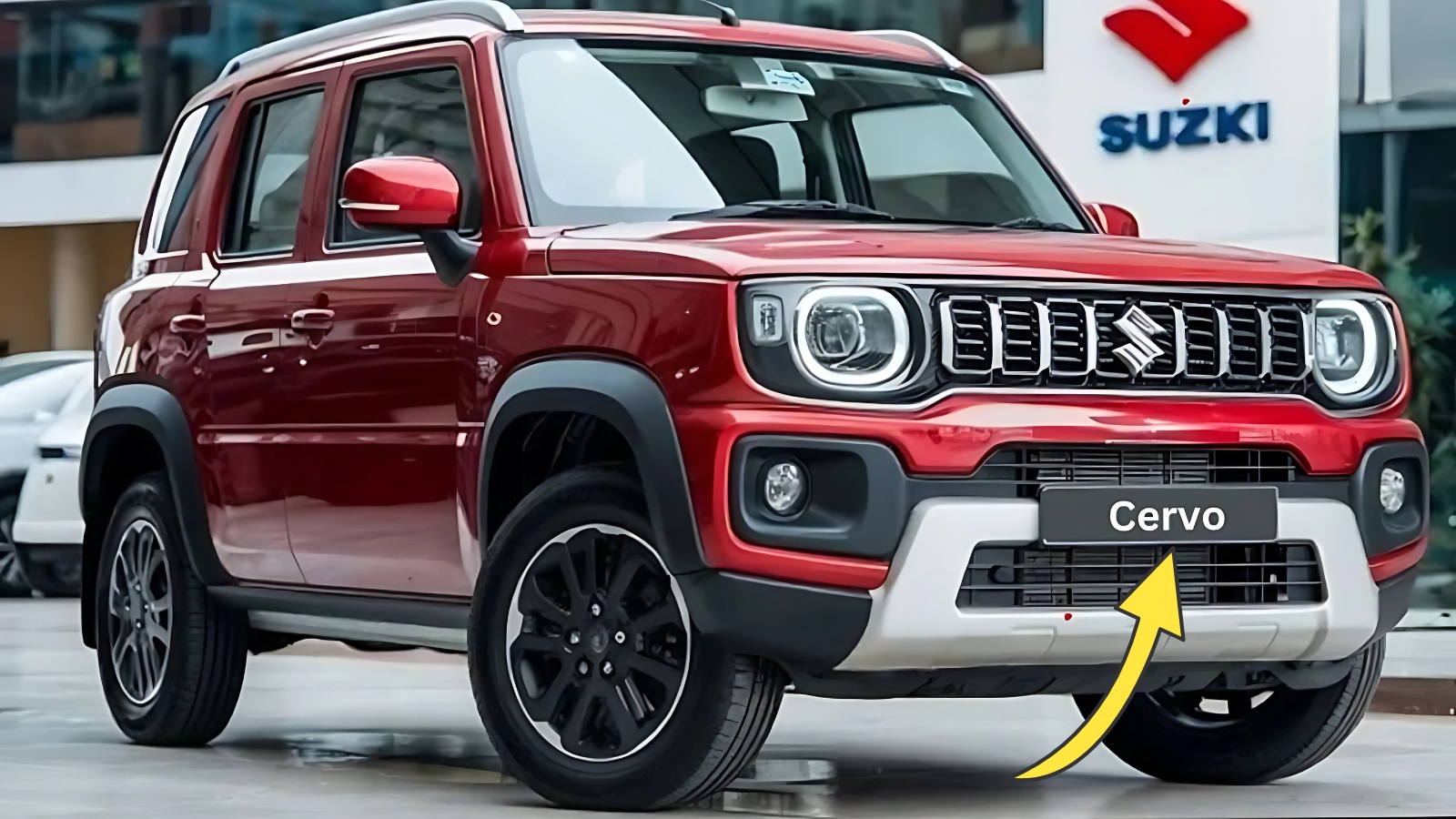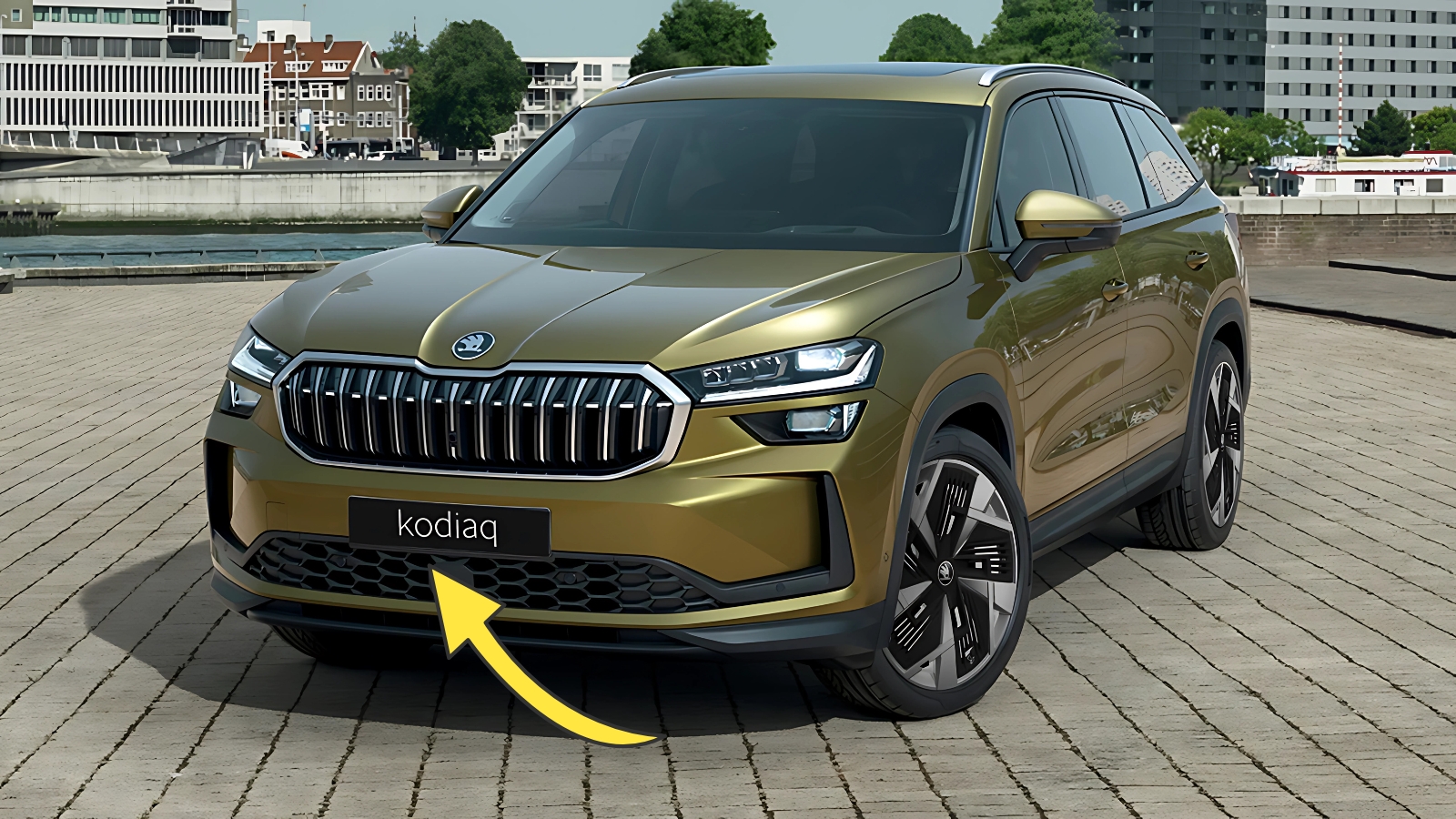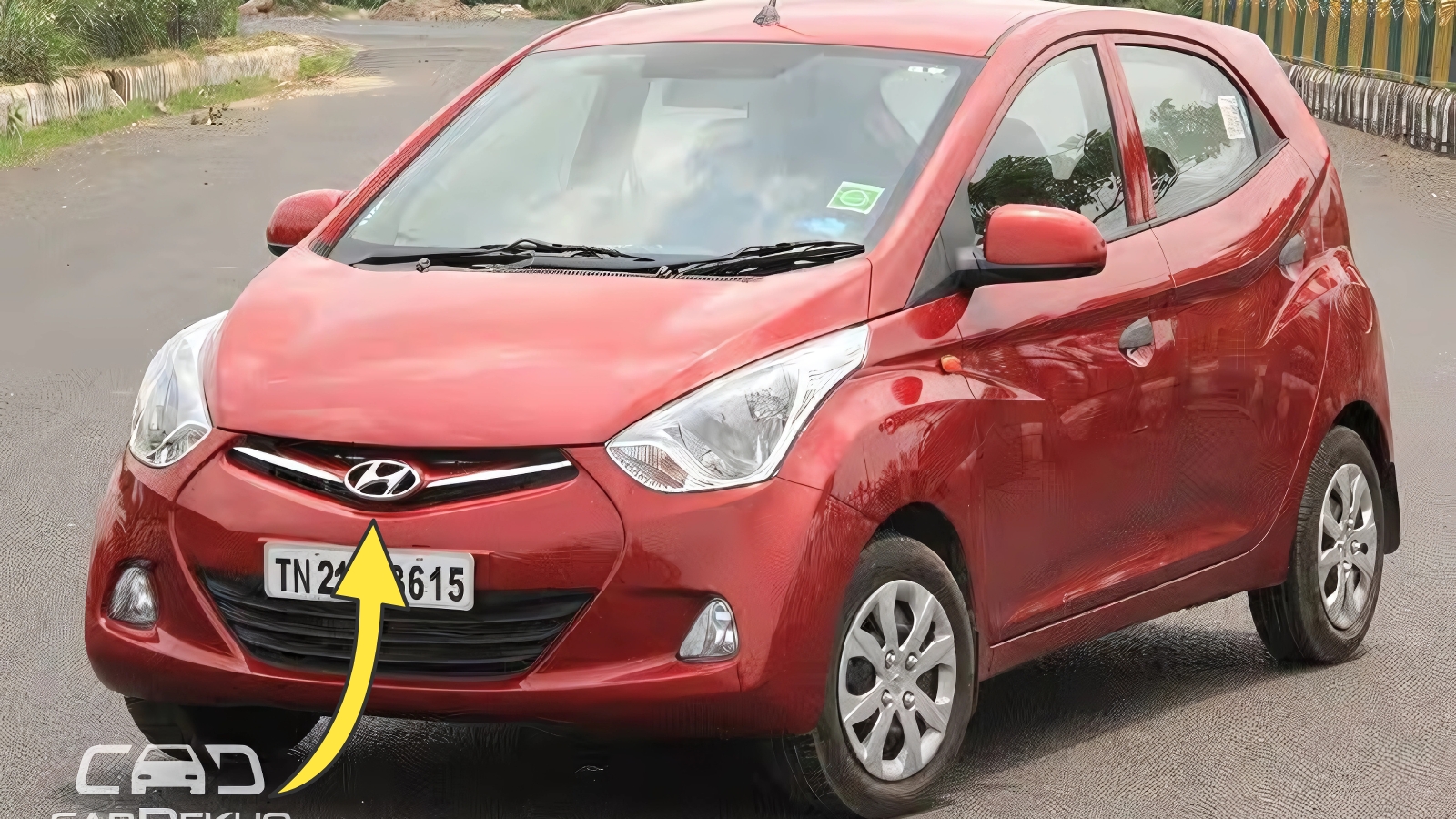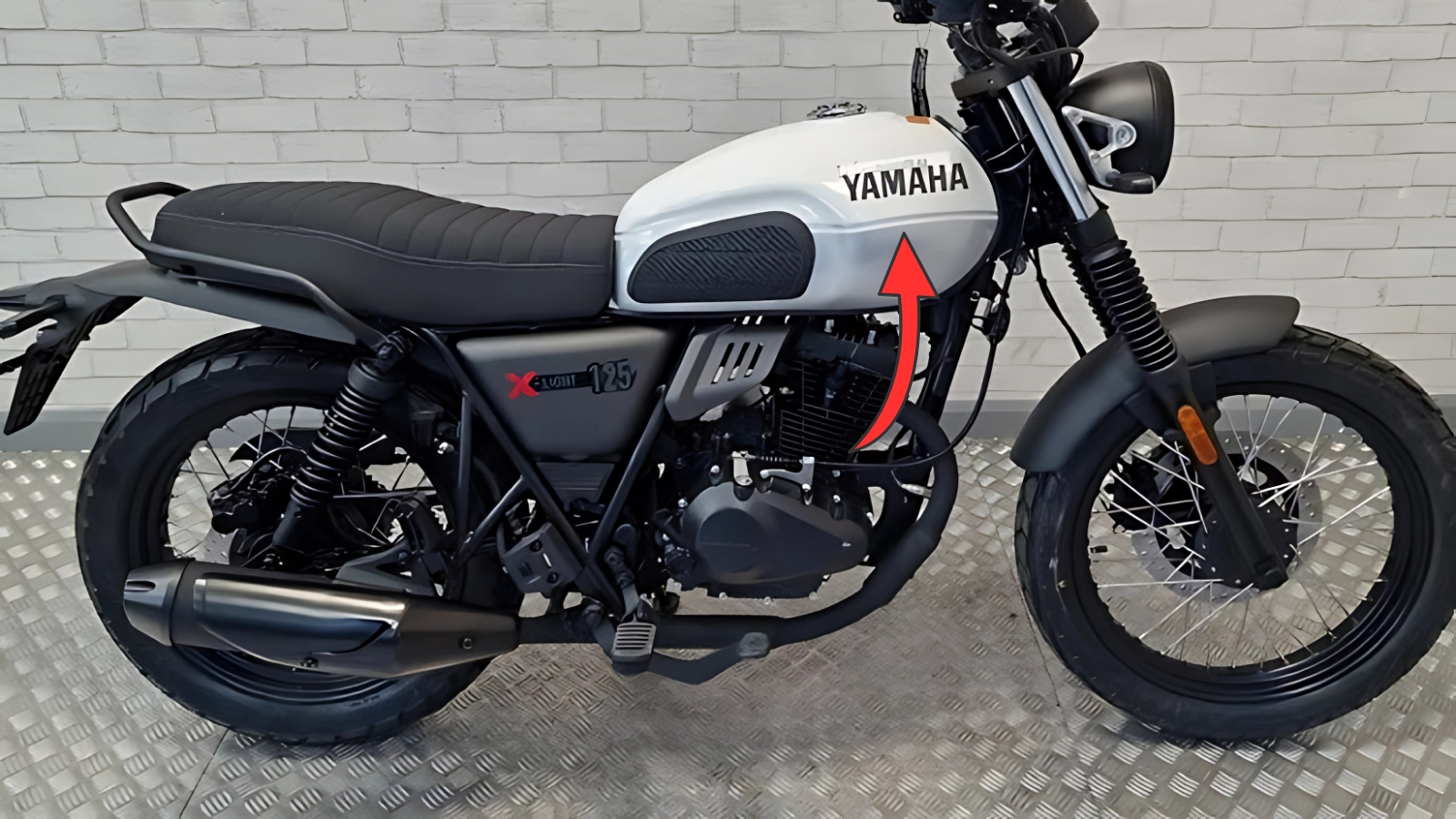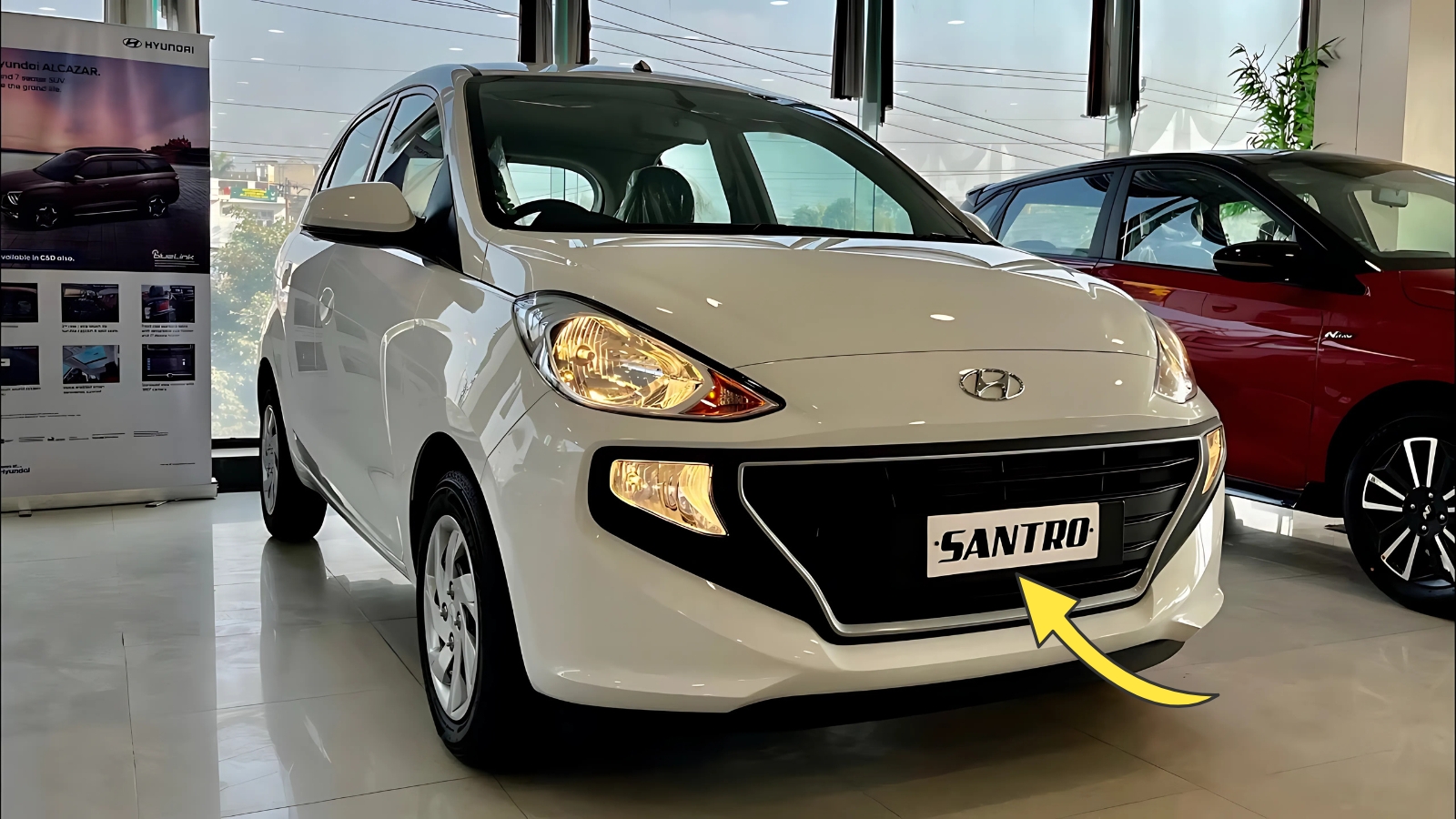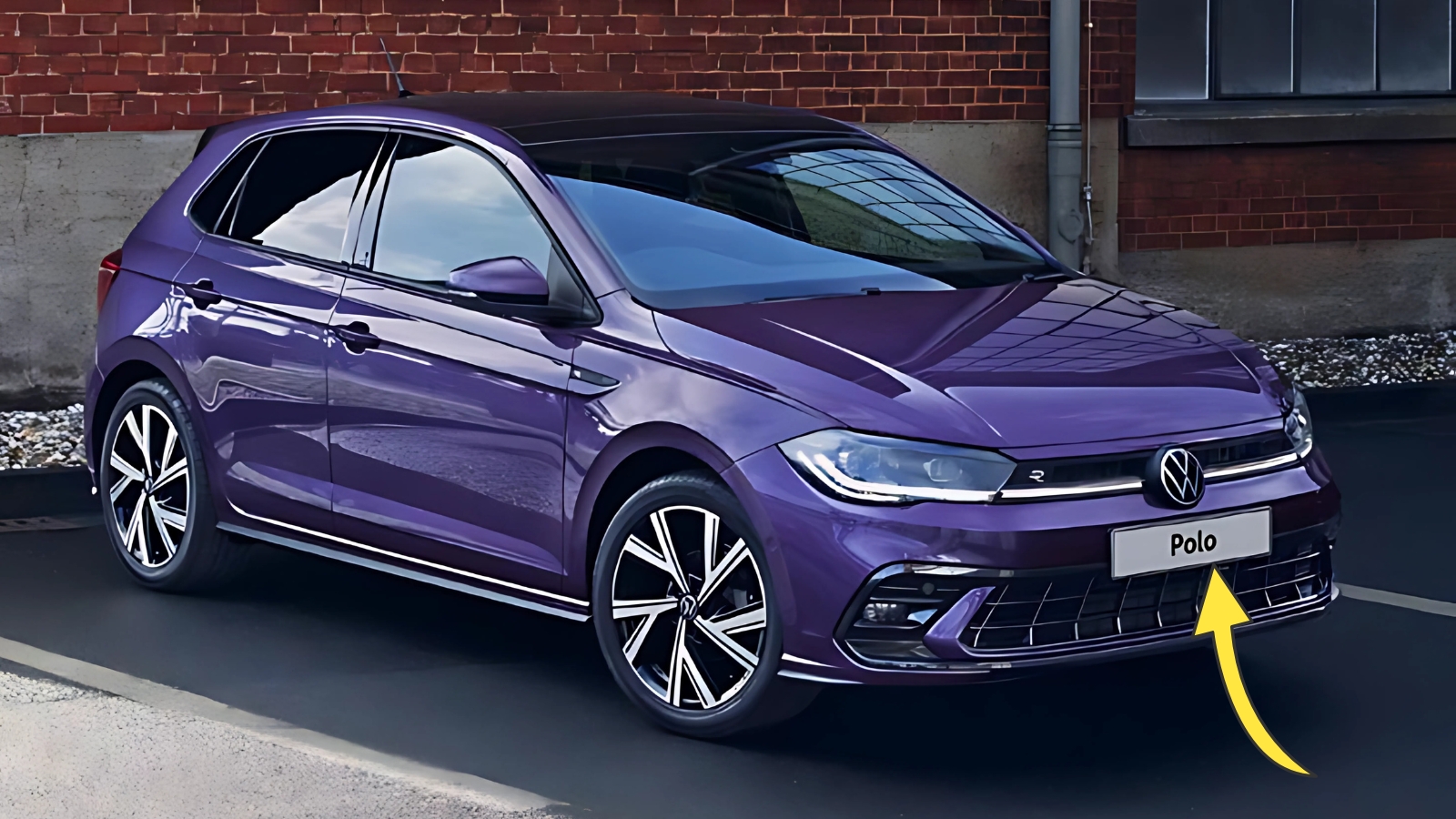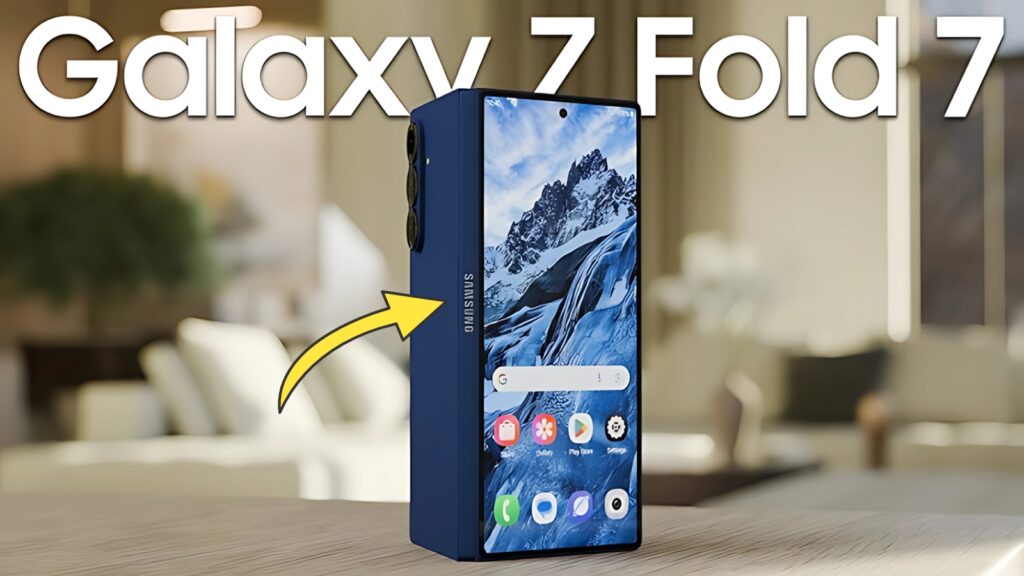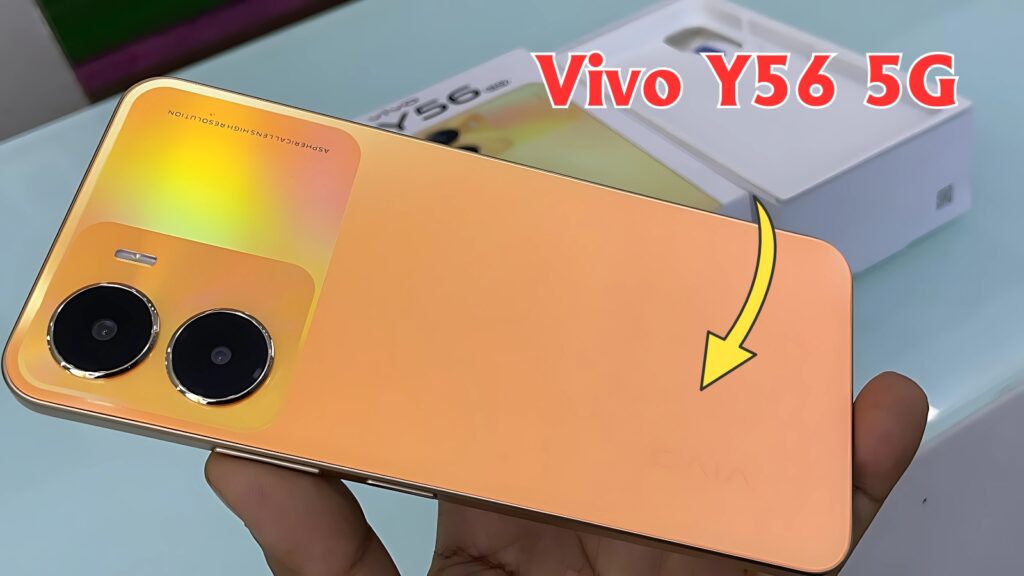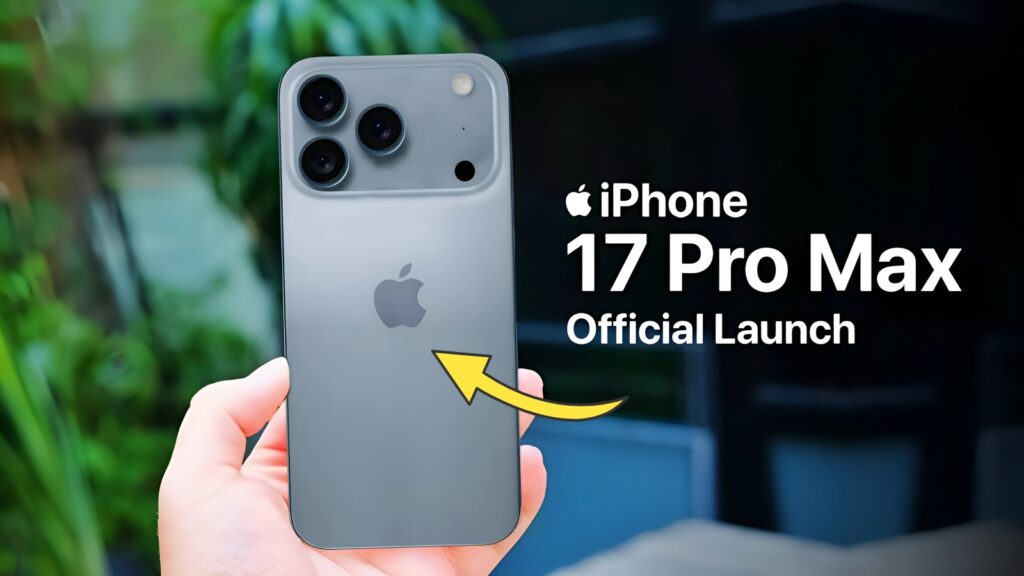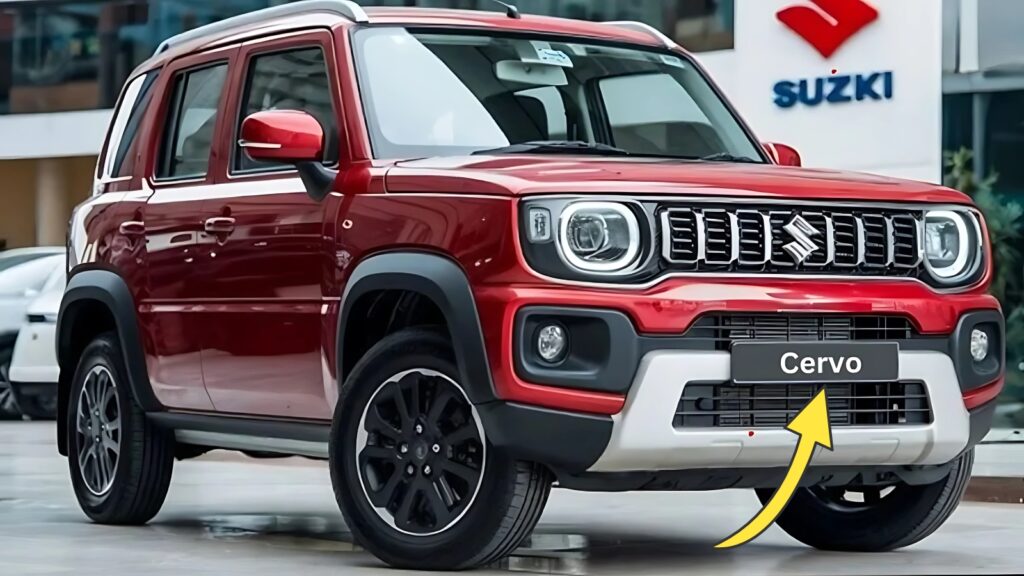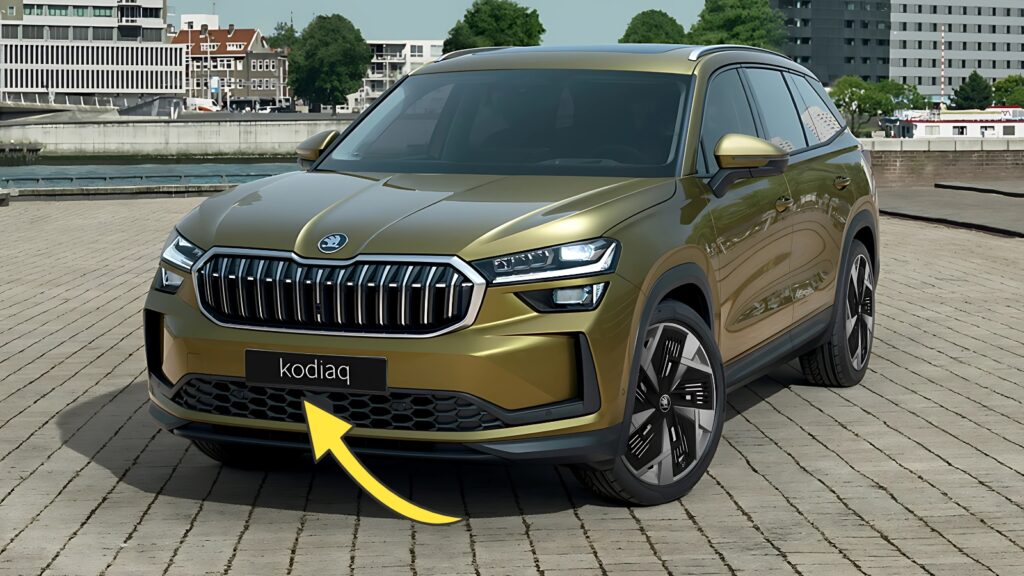Hyundai Verna: In the ever-evolving Indian automotive landscape where SUVs increasingly dominate consumer preferences, the mid-size sedan segment continues to offer compelling options for those who prefer the balanced driving dynamics and sleek aesthetics of a traditional three-box design.
The Hyundai Verna stands as one of the most distinctive contenders in this space, combining striking design, feature-rich interiors, and diverse powertrain options to create a package that challenges both segment rivals and similarly priced compact SUVs.
Design Evolution
The latest generation Verna represents Hyundai’s most ambitious styling exercise yet for this model line.
Embracing the company’s “Sensuous Sportiness” design philosophy, the sedan features a bold front fascia with a wide, parametric-patterned grille that spans nearly the entire width of the vehicle.
This is flanked by slim LED headlights with distinctive daytime running light signatures that create an immediately recognizable presence on the road.
The side profile reveals a fastback-inspired silhouette with a gently sloping roofline that extends into a short deck lid, creating a coupe-like appearance without significantly compromising rear headroom.
Strong character lines along the doors add visual interest while contributing to the vehicle’s aerodynamic efficiency.
At the rear, the connected LED taillights create a horizontal light bar that emphasizes the car’s width and modern aesthetic.
The bumper incorporates subtle diffuser elements that enhance the sporty character without appearing excessive or aftermarket in execution.
Available in seven exterior colors including unique options like Abyss Black Pearl and Fiery Red, the Verna offers visual personalization that appeals to diverse tastes.
The attention to design details has transformed what was once considered a conventional family sedan into a style statement that attracts younger buyers seeking distinctive aesthetics.
Interior Comfort and Technology
Stepping inside reveals a cabin that prioritizes both technology integration and passenger comfort.
The dashboard adopts a driver-oriented layout with a connected display panel housing both the 10.25-inch digital instrument cluster and 10.25-inch touchscreen infotainment system.
This arrangement creates a cockpit-like environment that enhances the driving experience while maintaining intuitive access to vehicle functions.
Material quality impresses throughout the cabin, with soft-touch surfaces on the dashboard and door panels, leatherette upholstery options, and tasteful metallic accents that create a premium ambiance.
The attention to detail extends to tactile elements like switchgear and climate controls, which offer satisfying feedback during operation.
Seating comfort benefits from well-contoured front seats with ventilation function in higher trims – a particularly valuable feature in India’s climate.
Rear passengers enjoy reasonable legroom for the segment, though the sloping roofline does impact headroom for taller occupants. The 528-liter boot capacity provides practical storage space for family travel needs.
The technology package stands as a particular highlight, with Hyundai’s comprehensive BlueLink connected car system offering over 60 features including remote engine start, climate pre-conditioning, vehicle tracking, and geofencing capabilities.
The infotainment system supports wireless Android Auto and Apple CarPlay, while an 8-speaker Bose premium audio system delivers impressive sound quality across various music genres.
Additional convenience features include a wireless charging pad, automatic climate control with rear vents, ambient lighting with multiple color options, and a hands-free smart trunk that automatically opens when detecting the key fob nearby – useful when approaching the vehicle with full hands.
Performance and Driving Dynamics
The Verna offers two engine options that cater to different driving preferences. The 1.5-liter naturally aspirated petrol engine produces 115 horsepower and 144 Nm of torque, providing adequate performance for urban commuting with a focus on fuel efficiency.
This engine can be paired with either a 6-speed manual transmission or a continuously variable transmission (CVT).
For those seeking more engaging performance, the 1.5-liter turbocharged petrol engine delivers 160 horsepower and 253 Nm of torque, placing it among the most powerful options in its segment. This engine comes with either a 6-speed manual or a 7-speed dual-clutch automatic transmission that offers quick shifts and responsive performance.
The chassis tuning strikes a commendable balance between ride comfort and handling precision.
The suspension – MacPherson struts up front and coupled torsion beam at the rear – absorbs road imperfections effectively while maintaining sufficient body control during cornering.
The steering, while light for easy maneuverability in urban environments, weighs up appropriately at higher speeds to provide confidence during highway cruising.
NVH (Noise, Vibration, Harshness) management deserves particular mention, with extensive sound insulation creating a cabin environment that remains pleasantly quiet even at highway speeds.
This refinement contributes significantly to the premium feel that characterizes the overall driving experience.
Safety Credentials
Safety receives appropriate attention with the Verna offering up to six airbags, electronic stability control, vehicle stability management, hill-start assist, and all-wheel disc brakes across higher trim levels.
The addition of advanced driver assistance systems (ADAS) in top variants brings features like forward collision warning, lane keeping assist, blind spot monitoring, and adaptive cruise control – technology often associated with more expensive vehicles.
The underlying structure incorporates high-strength steel in critical areas to enhance crash protection while optimizing weight.
This engineering approach contributes to both passive safety and driving dynamics, demonstrating Hyundai’s holistic approach to vehicle development.
Market Positioning
The Verna occupies a strategic position in Hyundai’s lineup, offering a compelling alternative to both similarly priced compact SUVs and traditional sedan competitors like the Honda City, Maruti Suzuki Ciaz, and Volkswagen Virtus.
By emphasizing style, technology, and driving dynamics, the Verna appeals to buyers who prioritize these attributes over the higher seating position and perceived practicality of SUV body styles.
Pricing strategy spans from accessible entry-level variants focused on value to feature-rich premium trims that rival compact executive sedans in equipment levels.
This approach allows the Verna to cast a wide net across different buyer profiles and budget considerations.
Hyundai Verna
The Hyundai Verna successfully demonstrates that the mid-size sedan segment continues to offer relevant and compelling options for discerning buyers.
By combining distinctive styling, comprehensive feature content, refined driving dynamics, and diverse powertrain options, the Verna creates a package that transcends the utilitarian transportation role often associated with family sedans.
For consumers willing to look beyond the prevailing SUV trend, the Verna rewards with a driving experience characterized by balanced handling, efficient performance, and technological sophistication.
It represents Hyundai’s commitment to offering meaningful choice in a market increasingly dominated by similar body styles, proving that well-executed sedans still have significant appeal when they successfully blend emotional and rational purchase considerations.

